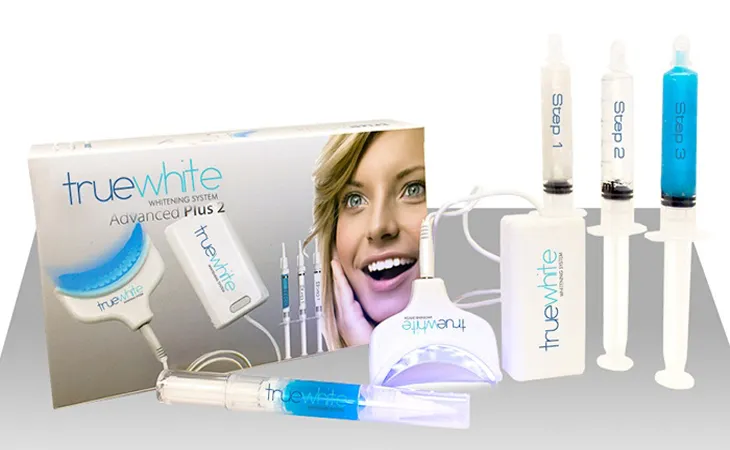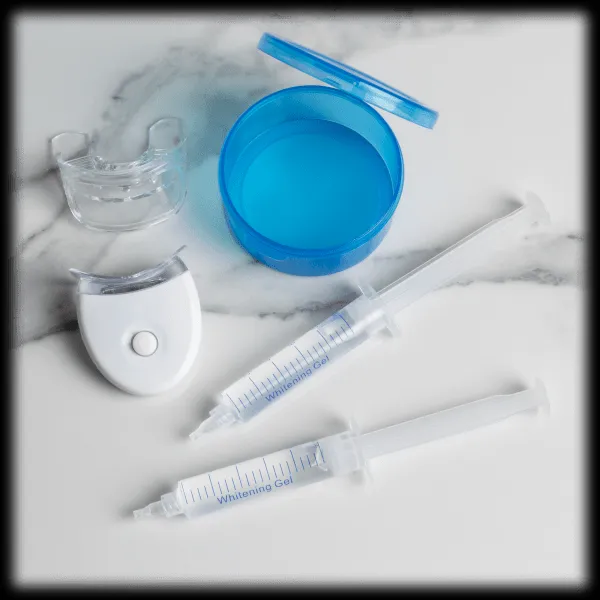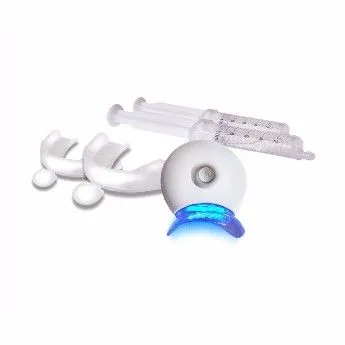Understanding Teeth Whitening Systems
A bright, white smile is a common aspiration, and teeth whitening systems have become increasingly popular as a result. These systems aim to lighten the shade of your teeth, often removing stains and discoloration caused by factors like coffee, tea, tobacco, and the natural aging process. The effectiveness of a whitening system largely depends on the type of stains present, the concentration of the active whitening agent, and the duration of treatment. It is important to understand that not all teeth whitening products are created equal, and some may be more effective than others. This guide provides a comprehensive overview of teeth whitening systems, helping you make an informed decision about which option is best for you.
Types of Teeth Whitening Systems
Teeth whitening systems broadly fall into two categories home-based and professional treatments. The choice between these largely depends on individual needs, budget, and the desired level of whitening. Each type offers unique advantages and disadvantages, so understanding the differences is crucial for selecting the right approach to enhance your smile.
At-Home Whitening Systems

At-home whitening systems are designed for convenience and affordability. These systems typically include whitening toothpaste, over-the-counter whitening strips, and custom-fitted trays with bleaching gel. Whitening strips are easy to use and readily available, offering a gradual whitening effect over several weeks. Custom-fitted trays, often provided by a dentist, provide a more uniform application of the whitening gel and can yield better results. These at-home options usually contain lower concentrations of the active whitening agent, such as hydrogen peroxide or carbamide peroxide, making them safer for unsupervised use, but potentially less effective for deep or stubborn stains. Consistency in use is key for achieving the desired results.
Professional Whitening Systems
Professional teeth whitening is performed by a dentist and offers a more potent and immediate whitening effect. These treatments use higher concentrations of bleaching agents, often activated by a special light or laser, to accelerate the whitening process. The dentist can also assess the health of your teeth and gums, ensuring that you are a suitable candidate for the procedure. In-office whitening can provide dramatic results in a single session, making it a popular choice for those seeking quick and significant improvements. While more expensive than at-home options, professional whitening is typically safer and can address more severe discoloration. In some cases, dentists may also provide custom-fitted trays and stronger bleaching gel for at-home maintenance after the in-office treatment.
Factors to Consider Before Choosing a System
Selecting the right teeth whitening system requires careful consideration of several factors. Evaluating these aspects will help you choose an option that aligns with your needs, expectations, and budget. Understanding the potential benefits and risks associated with each system is crucial for making an informed decision and achieving the best possible results.
Effectiveness of the Whitening System

The effectiveness of a teeth whitening system is a primary concern. Consider the type and severity of stains on your teeth. Surface stains from coffee or tea may respond well to at-home treatments, while deeper stains caused by medications or trauma may require professional intervention. Evaluate the concentration of the active whitening agent; higher concentrations generally lead to faster and more dramatic results, but they also increase the risk of sensitivity. Research the system’s reputation and read reviews from other users to gauge its effectiveness. Remember that individual results can vary, and what works well for one person may not be as effective for another.
Sensitivity and Side Effects
Teeth sensitivity is a common side effect of teeth whitening. The active ingredients in whitening products can penetrate the enamel and reach the dentin, causing temporary sensitivity. This is usually mild and temporary, but some individuals may experience more significant discomfort. Always consult your dentist before starting a whitening treatment, especially if you have sensitive teeth, gum recession, or other dental issues. Other potential side effects include gum irritation or inflammation, which can occur if the whitening agent comes into contact with the soft tissues of the mouth. Choosing a system that is designed to minimize these side effects and following the manufacturer’s instructions carefully can help reduce the risk.
Cost and Budget
Teeth whitening systems vary significantly in cost. At-home options are generally more affordable, with over-the-counter products costing less than professional treatments. Professional whitening can range in price depending on the location and the dentist’s fees. Consider your budget and what you are willing to spend to achieve your desired results. Keep in mind that the cost of professional whitening may include follow-up appointments or maintenance treatments. While it’s tempting to choose the least expensive option, prioritize effectiveness, safety, and the reputation of the product or service. Balancing these factors will help you make a decision that provides both value and satisfaction.
Reviews and Testimonials

Reading reviews and testimonials from other users is an excellent way to assess the performance of a teeth whitening system. Look for feedback on the system’s effectiveness, ease of use, and any side effects experienced by users. Check reputable websites and online forums, focusing on reviews that are detailed, honest, and unbiased. Consider both positive and negative reviews to get a balanced perspective. Pay attention to the specific concerns and experiences mentioned by other users, which can provide valuable insights into whether a system is a good fit for you. Keep in mind that individual experiences can vary, but a pattern of consistent feedback can help you make a more informed decision.
True White Advanced Teeth Whitening System
The True White Advanced Teeth Whitening System is a popular choice, and understanding its features is important for anyone considering it. This system is designed to provide noticeable whitening results in the comfort of your home, and its effectiveness is a key aspect for potential users.
Key Ingredients and Technology
True White generally uses a hydrogen peroxide-based whitening gel. The concentration of hydrogen peroxide can vary depending on the specific product. The gel is usually applied using custom-fit trays or whitening strips, ensuring even contact with the tooth surfaces. Some formulations might also include ingredients to reduce sensitivity, such as potassium nitrate. The technology often involves a specific application time and instructions on how to use it. Always follow the guidelines provided with the product.
How to Use the True White System

The True White system typically involves these steps First brush your teeth thoroughly. Then, apply the whitening gel to the trays or strips, following the provided instructions. Place the trays or apply the strips to your teeth, ensuring they cover the surfaces you want to whiten. Wear the trays or strips for the recommended duration, as specified in the product instructions. After the allotted time, remove the trays or strips and rinse your mouth thoroughly. Repeat the process daily for the prescribed period to achieve the desired results. Consistency is key to achieving noticeable results.
Pros and Cons of True White
The True White Advanced Teeth Whitening System offers the benefit of convenience. Its ease of use means you can whiten your teeth at home, and it’s also more cost-effective compared to professional treatments. However, the effectiveness can vary, and some users might experience sensitivity or gum irritation. Results may take longer compared to in-office procedures, and the degree of whitening can differ. Always weigh these advantages and disadvantages based on your personal circumstances and goals.
Comparing True White to Other Systems
When comparing the True White system to other teeth whitening options, several factors come into play. Consider the active ingredients, the method of application, and the convenience of use. Assess the potential for side effects like tooth sensitivity and gum irritation. Compare the price points of different systems. For example, compare it to whitening strips, trays, or professional treatments. Reading reviews of various products will also provide insight into the actual results users have experienced, which aids the decision-making process.
Top Rated Teeth Whitening Systems

Identifying the top-rated teeth whitening systems involves assessing various factors. Many factors include effectiveness, user reviews, the presence of side effects, and the overall value of the product or service. Some of the most popular brands that continually receive positive reviews are often the ones with effective results and minimal side effects. Consider the type of whitening system offered, whether it is at-home or professional. Ultimately, the best system depends on individual needs and expectations, so research is vital.
Making Your Teeth Whitening Decision
Choosing a teeth whitening system should be a carefully considered process. First, consult with your dentist to determine the best option for your oral health and whitening goals. Understand the different types of systems available, including at-home and professional treatments, and their respective advantages and disadvantages. Evaluate your budget and the desired level of whitening. Research products, read user reviews, and be aware of potential side effects. Consider the convenience and ease of use of the system. By taking these steps, you can make an informed decision and achieve a brighter, more confident smile.
